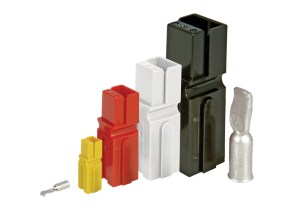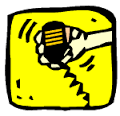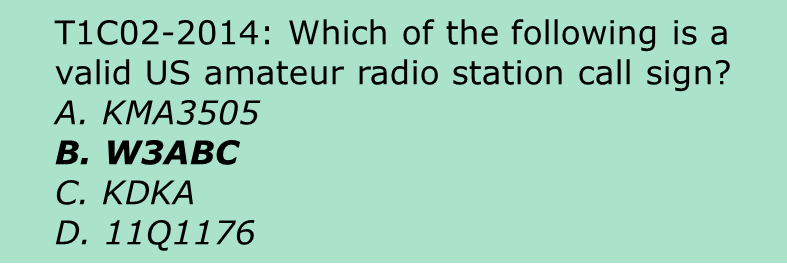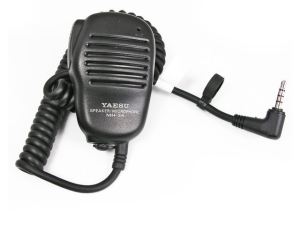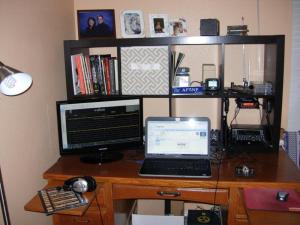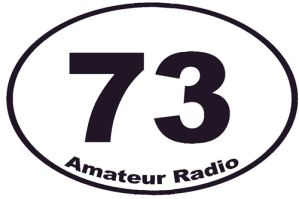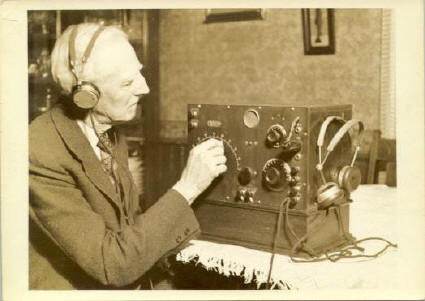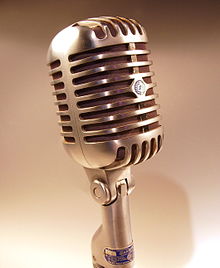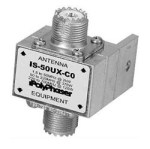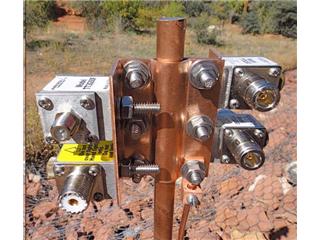
Most people recognize Morse code even if they cannot decipher the sounds. It’s one of those things that we hear in old movies and TV shows and occasionally in radio or TV ads. As a ham you may hear it on local repeaters and HF voice for identification.

Continuous Wave (CW), where the signal is modulated by Morse code, is the original amateur radio mode, and has a long history with hams. Old telegraph codes exist but in ham radio when we say Morse code we mean International Morse code.

For decades Morse code proficiency was a requirement for amateur radio licensing in most countries with speed increasing proportional to license class/privilege. Morse code requirements for all license classes ended in the USA in 2007 (Technician dropped in 1991), opening doors to many hams who were otherwise interested in getting licensed but found Morse to be a real obstacle. This followed an ITU agreement in 2003 that Morse Code testing of radio amateurs would no longer be an international requirement.
Does this mean Morse code is dead? Hardly! While the number of CW (Morse) operators is fewer in number now than 50 years ago, there are still thousands of active hams whose primary (or even only) mode is CW. Why? Besides being fun and challenging, CW has some real advantages:
- Because nearly all the transmitter power goes into a narrow (~100Hz) signal, practically all signal power is useful, as opposed to phone (voice) modes.
 Sometimes when SSB voice signals are inaudible due to poor skywave propagation, CW signals punch right through. In fact, many rare stations (DX) primarily use CW mode to reach more hams eager to work an odd location. A CW signal can have more than a 10-20 dB advantage over a SSB signal.
Sometimes when SSB voice signals are inaudible due to poor skywave propagation, CW signals punch right through. In fact, many rare stations (DX) primarily use CW mode to reach more hams eager to work an odd location. A CW signal can have more than a 10-20 dB advantage over a SSB signal.
- The signal to noise ratio (SNR) is much better, making communication much more effective.
- Adjacent noise or signals (QRM) can be filtered much easier in the receiver with a narrow CW signal.
- Due to CW’s efficiency, lower power radios work well, and can run longer off-grid.
- CW-only radios are small, simple, and cheap, with more bang for the buck.
- Finally, a few hams prefer not to use their voice, and CW (along with digital modes) frees them up from being disabled or mic shy.
In addition to these general advantages, CW mode is the only high frequency (HF) mode that USA Technician class licensees can operate below 28MHz. So Techs can actually make contacts using Morse on 80, 40, and 15m, outside their typical local repeater range.
Perhaps Morse is intimidating to you as a prospective ham or Technician class licensee who wants to communicate beyond the local area. Even though we no longer need to know Morse to get a license, the reasons above should give you some incentive to learn it. Besides, it’s really not as tough as it might seem. And even though some hams blaze away above 25 words per minute (wpm), you can almost always send/receive slower at a more comfortable beginner’s pace and work through your mistakes.
While Morse may seem like a second language to most people, it is actually much simpler and easier to master than a new tongue with all its complexities. You need know only 26 alphabet symbols, 10 numbers, and several punctuation marks and common shortcuts to be proficient.
So how does one go about learning Morse code and using it? The Boy Scouts had a merit badge for Morse and the military may still teach you but these are less common nowadays. Don’t despair; there are many resources for learning Morse, some linked below. Here are four suggested steps:
- Learn to receive Morse code- the important beginning stage to become familiar with letters, numbers, and punctuation. Just learn it; you don’t have to be fast.
- Learn to send Morse code- it is important to have a good “fist” for others to copy at any speed; this involves timing, practice and good habits.
- Learn CW/Morse ham radio procedures- know what certain prosigns mean and how hams perform an exchange or QSO.
- Practice off-air with a CW Elmer or experienced friend
Then you’re ready to try for real over the radio!
You have many resources available to learn Morse and CW protocol: stand-alone PC apps, online apps, and some clubs or organizations geared towards not only learning Morse but also training for real contacts. Links to some below and more links within links.
One thing many of these training tools have in common is the Koch method and Farnsworth timing, which is considered an improvement over rote learning with gradual speed increases. Most people have a natural limit to their ability to copy or send above a certain rate (wpm). No matter; you can still enjoy CW at almost any speed.
Of the links below to various Morse resources, the last one is truly useful and interesting and worth checking out: All About the Telegraph and Deciphering Morse Code. Thanks to Noah Bass for suggesting this excellent resource. He found it while working on his Boy Scouts radio merit badge.
Perhaps you’re interested in learning Morse in CW mode but find the protocols intimidating? There are groups of hams to train and encourage good CW practice, such as CWops and LI CW club. One that the author likes is the Straight Key Century Club (SKCC), which promotes non-electronic Morse sending using purely mechanical keys (not computerized or electronically aided). By definition it’s mostly slow-paced, as not many folks can send more than 20wpm using a straight telegraph key. It’s free and members mainly do simple exchanges to gain low-stress experience. They are a generally supportive and helpful bunch who tolerate newbies and coach them along.
By the way, when describing Morse code, hams don’t use the terms dots and dashes, even though it may look like that on paper. We say dits and dahs, which aligns more with how it sounds, as opposed to how it looks.
Useful web links
The Endurance of CW in Amateur Radio
Morse code is still worth learning – but why?
Become a Morse Code Expert– The Art of Manliness
Morse Code World
Just Learn Morse Code -PC app which author likes
CWops CW Academy– highly regarded way to learn both Morse and procedures
Learn Morse Code-CW with the Long Island CW Club, another highly-regarded resource
Learn Morse Code (CW) Online
Learning Morse Code – ARRL
American Morse Code -Somewhat different from international (modern), because of telegraph sound
All About the Telegraph and Deciphering Morse Code. Thanks to Noah Bass for suggesting this excellent resource. He found it while working on his Boy Scouts radio merit badge.

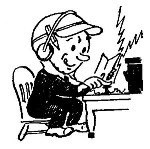
 As a new ham, are you frustrated and unhappy over the performance of your handheld transceiver (HT)? Maybe not reliably hitting a repeater, or struggling to make radio-to-radio (simplex) contacts work?
As a new ham, are you frustrated and unhappy over the performance of your handheld transceiver (HT)? Maybe not reliably hitting a repeater, or struggling to make radio-to-radio (simplex) contacts work?



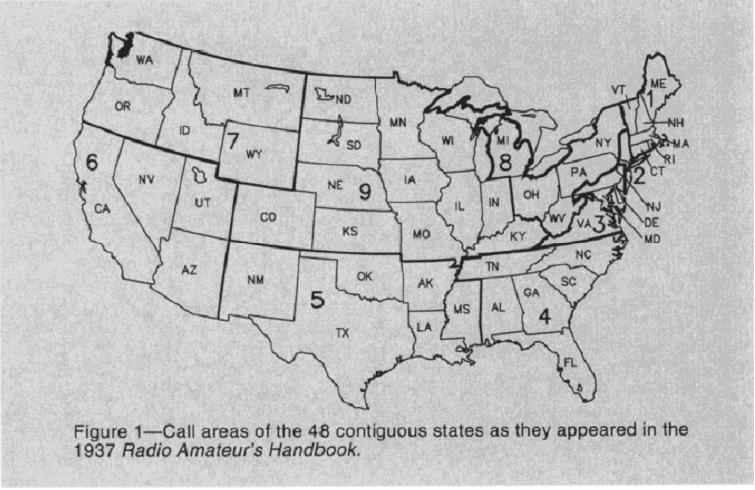



 Sometimes when SSB voice signals are inaudible due to poor skywave propagation, CW signals punch right through. In fact, many rare stations (DX) primarily use CW mode to reach more hams eager to work an odd location. A CW signal can have more than a 10-20 dB advantage over a SSB signal.
Sometimes when SSB voice signals are inaudible due to poor skywave propagation, CW signals punch right through. In fact, many rare stations (DX) primarily use CW mode to reach more hams eager to work an odd location. A CW signal can have more than a 10-20 dB advantage over a SSB signal.



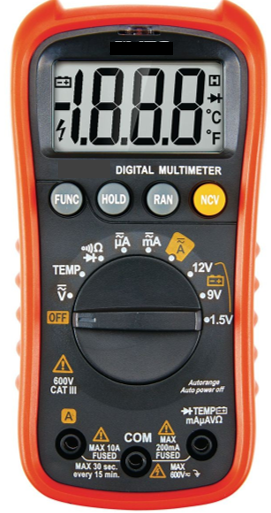 Every ham should have a
Every ham should have a 






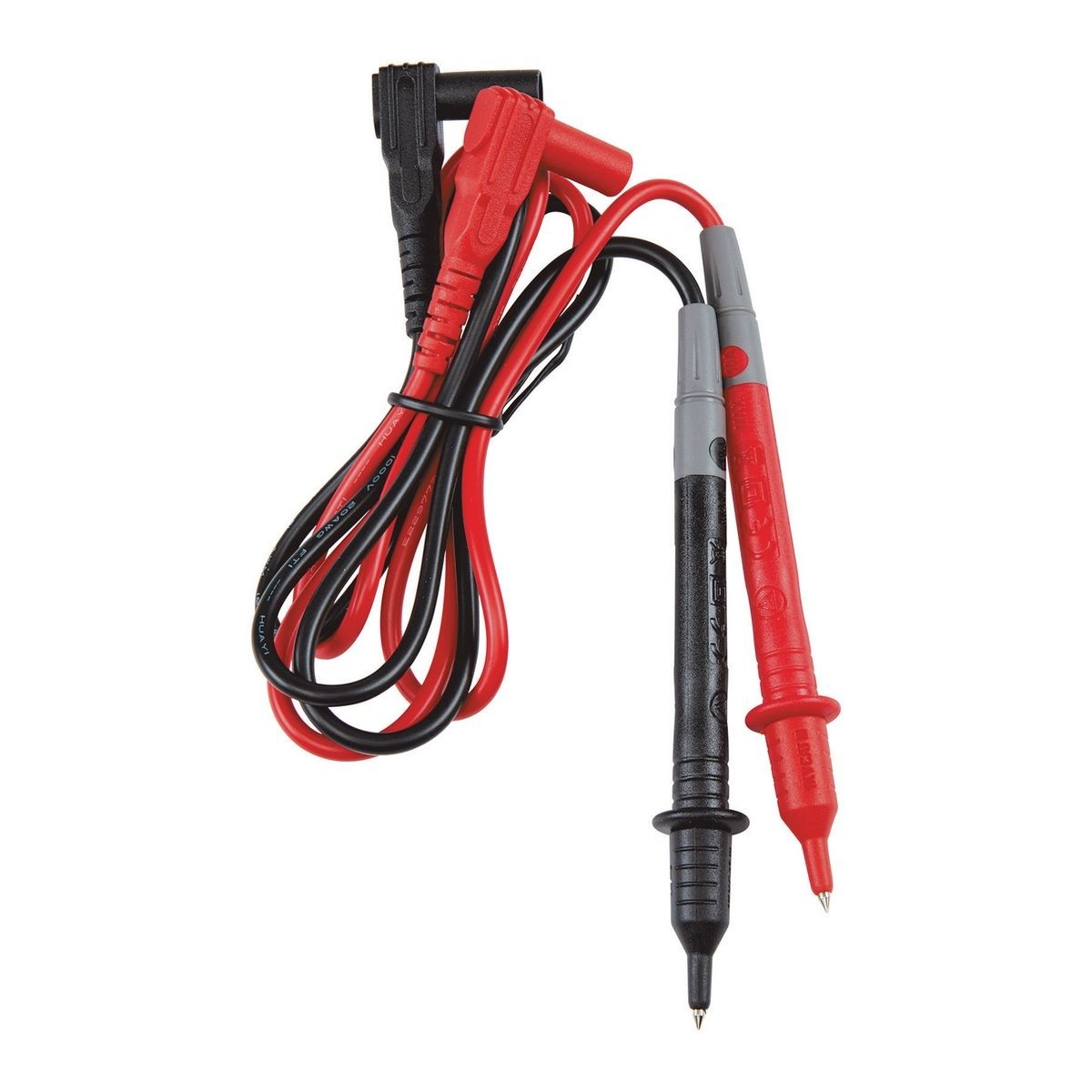 They will also be
They will also be 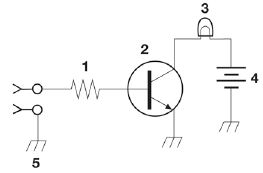



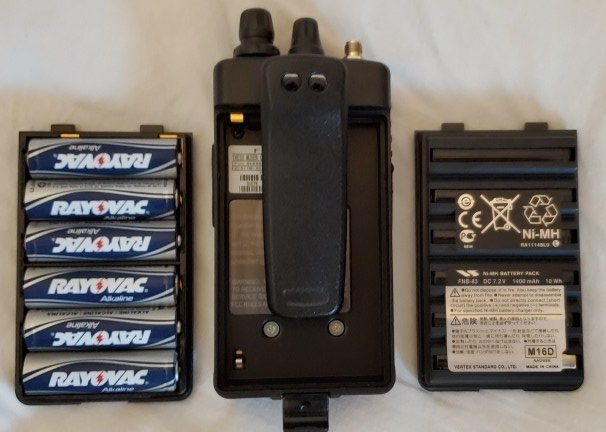


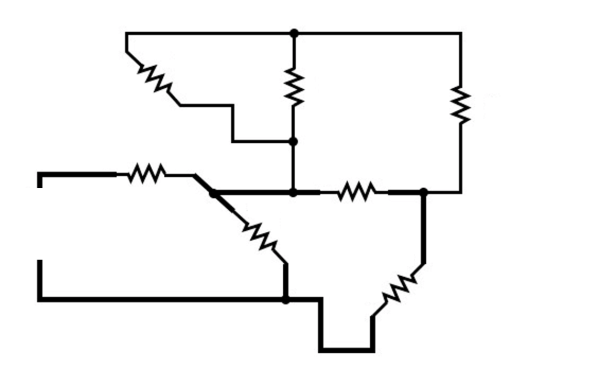











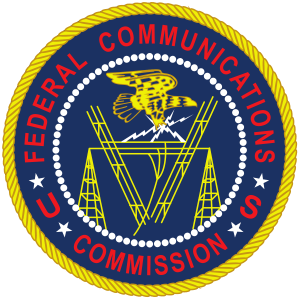 As with broadcast transmissions (radio, television) the FCC enforces the rules. Other countries have similar rules and structure so if you are outside of the USA, study up your applicable regulations.
As with broadcast transmissions (radio, television) the FCC enforces the rules. Other countries have similar rules and structure so if you are outside of the USA, study up your applicable regulations.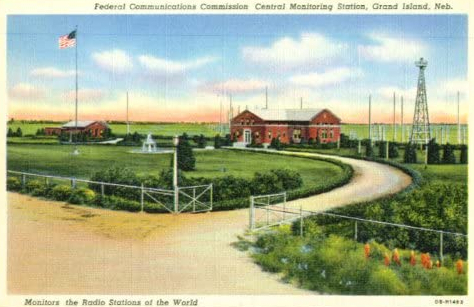








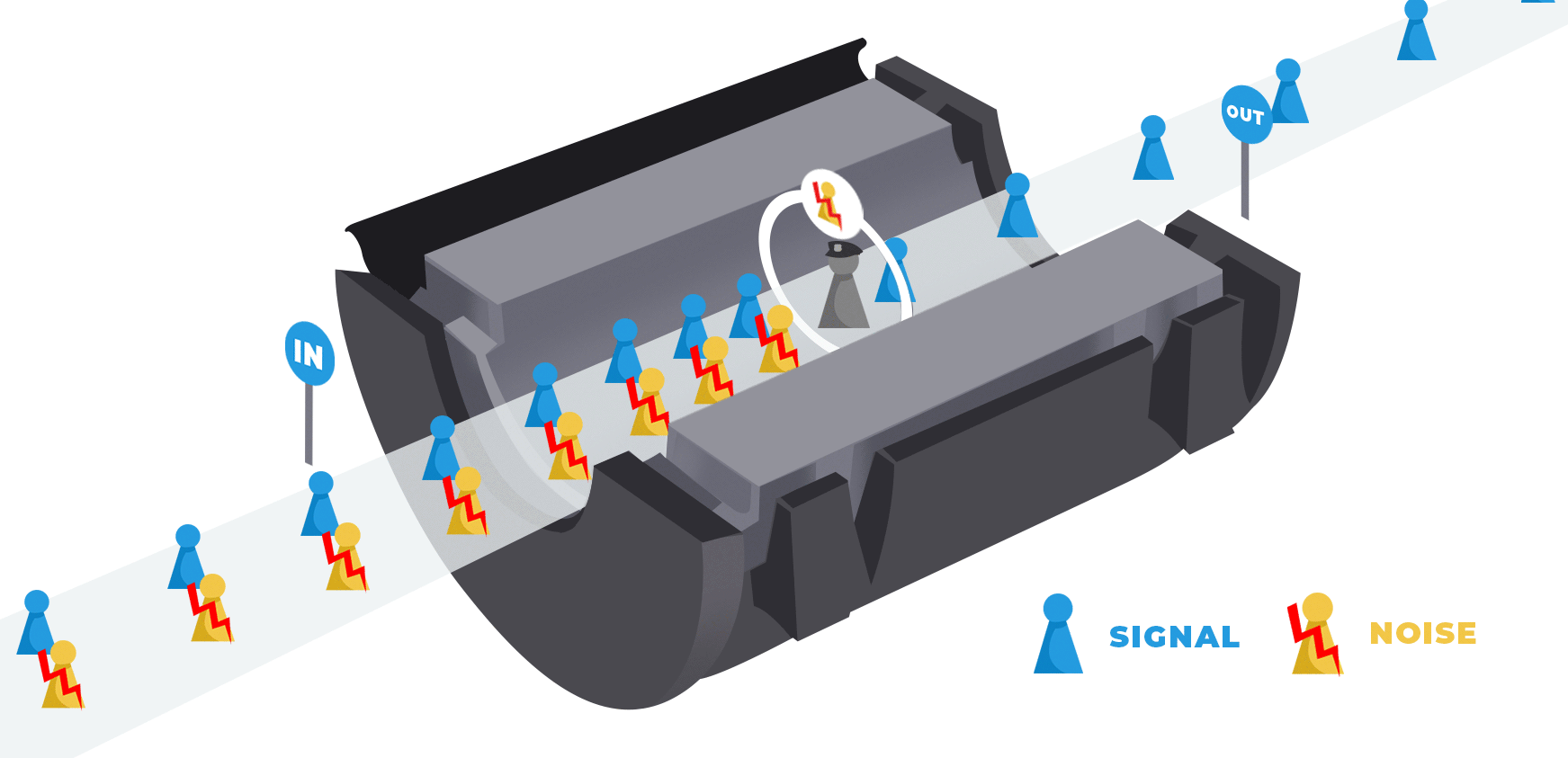





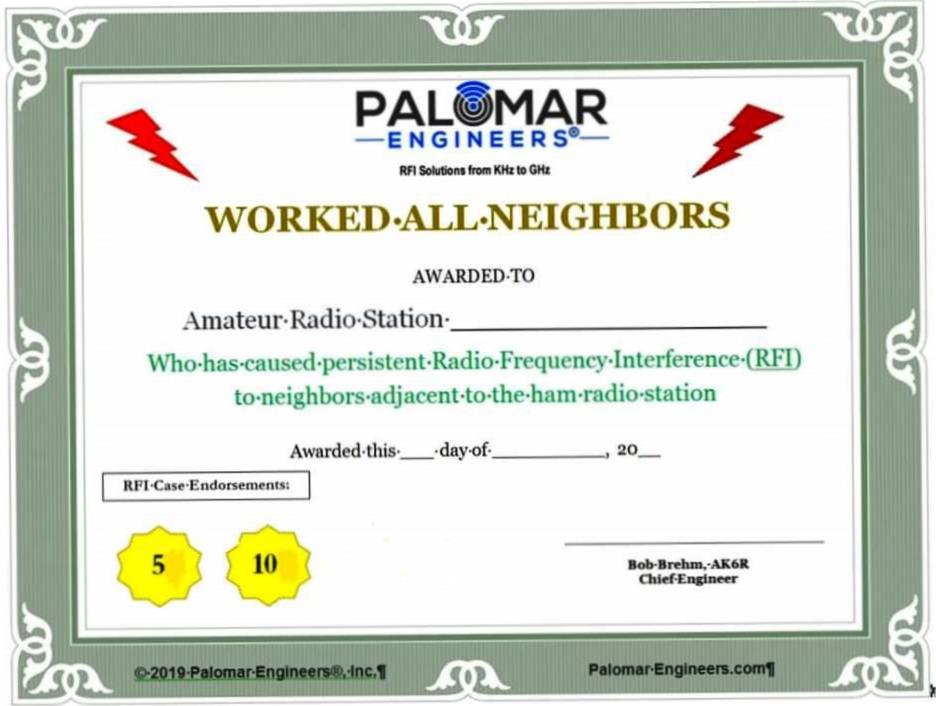



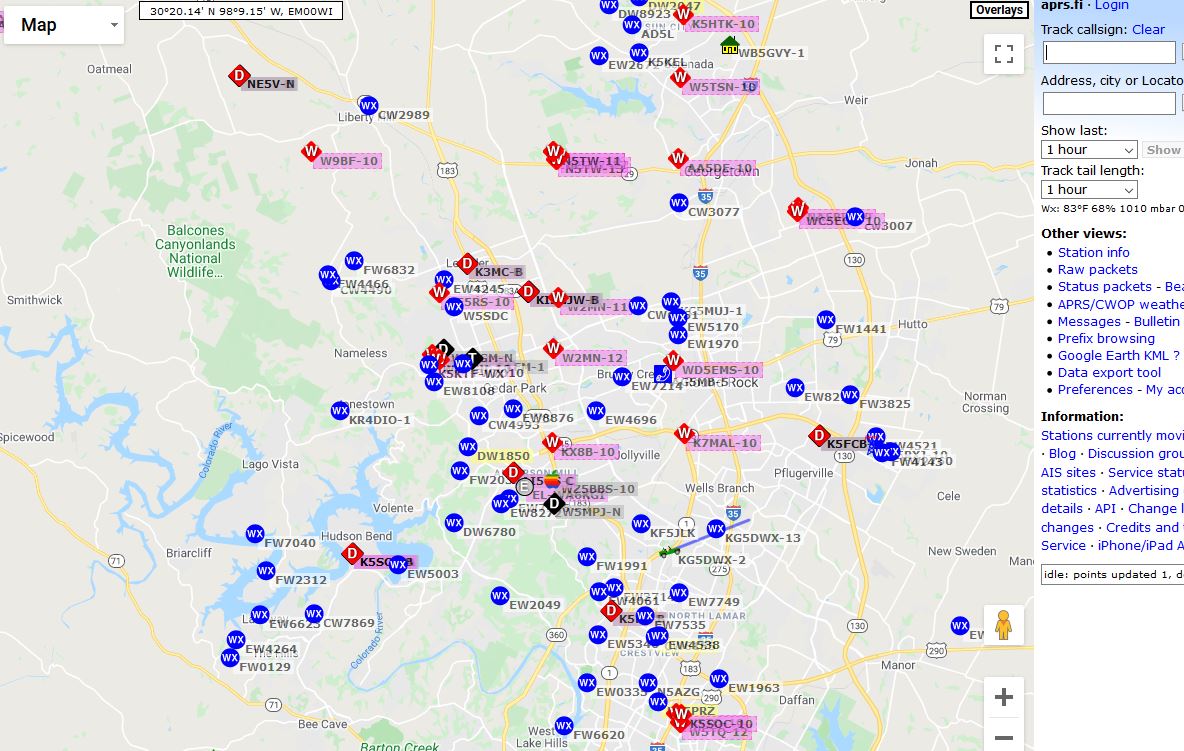

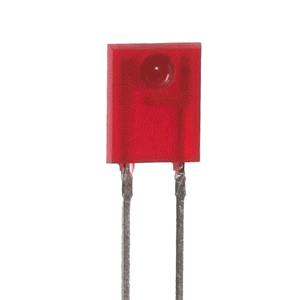 The light emitting diode (LED) comes in a wide variety of sizes, shapes, and colors, and is something every ham should be familiar with. There are a number of exam questions related to LEDs.
The light emitting diode (LED) comes in a wide variety of sizes, shapes, and colors, and is something every ham should be familiar with. There are a number of exam questions related to LEDs.



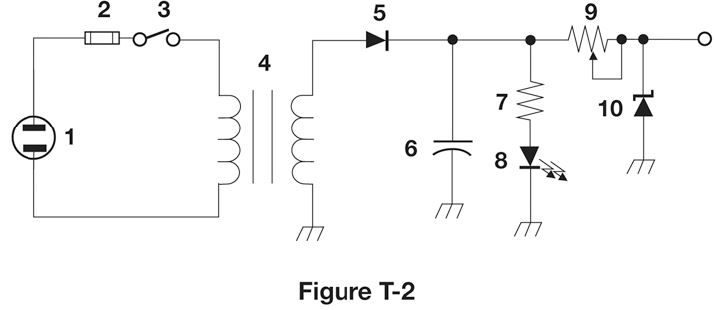
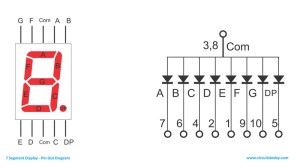
 This is the principle of LED back lighting for flat panel displays and for the recent adoption for home and general lighting (replacing light bulbs).
This is the principle of LED back lighting for flat panel displays and for the recent adoption for home and general lighting (replacing light bulbs). White LEDs (or a blend of other colors to make white) weren’t practical until the mid-1990s, and it took years to become economical. The widespread use of LEDs for display back lighting and general lighting is now less than 15 years old.
White LEDs (or a blend of other colors to make white) weren’t practical until the mid-1990s, and it took years to become economical. The widespread use of LEDs for display back lighting and general lighting is now less than 15 years old.
 Because various forms of selective calling prevent a signal from being re-transmitted (repeater) or received (simplex) without the proper code or tone, use of CTCSS or DCS is a possible reason other stations cannot receive you. Especially on a repeater, if others cannot hear you it’s quite likely that you have the wrong code or your tone squelch is turned off. How to know what the proper setting is? Consult the
Because various forms of selective calling prevent a signal from being re-transmitted (repeater) or received (simplex) without the proper code or tone, use of CTCSS or DCS is a possible reason other stations cannot receive you. Especially on a repeater, if others cannot hear you it’s quite likely that you have the wrong code or your tone squelch is turned off. How to know what the proper setting is? Consult the 
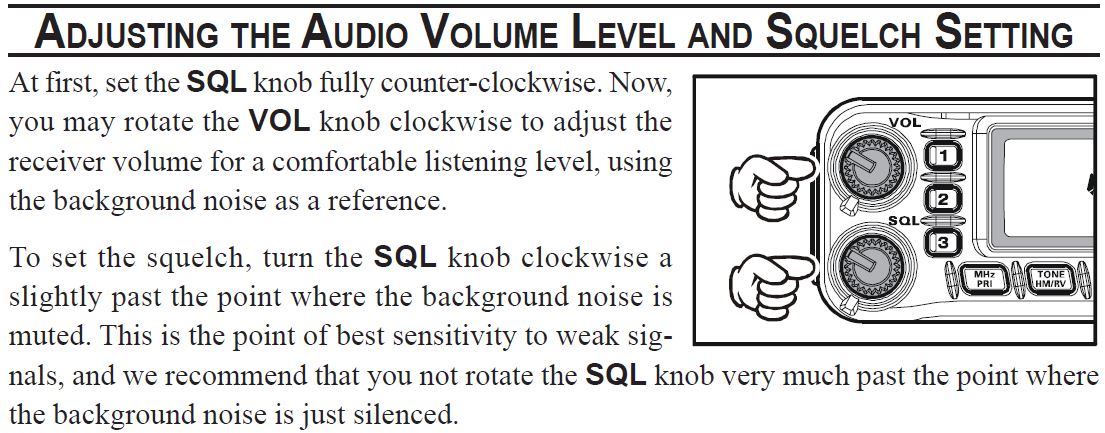





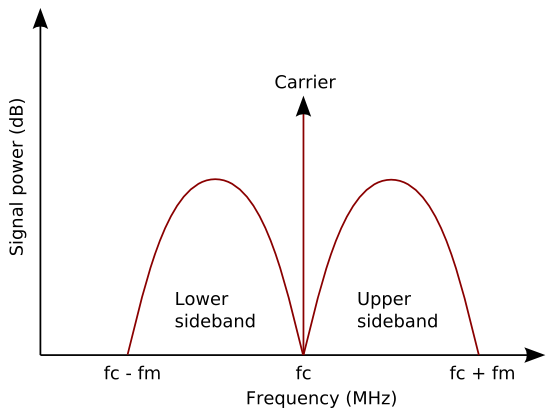


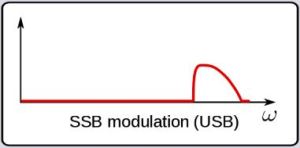


 In ham radio either one is legal to use in the phone portion of the band plan but by
In ham radio either one is legal to use in the phone portion of the band plan but by 



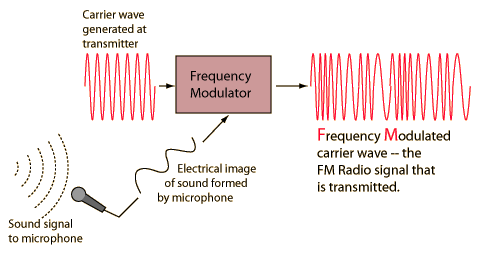








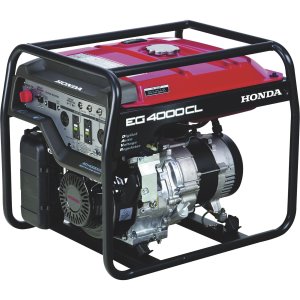



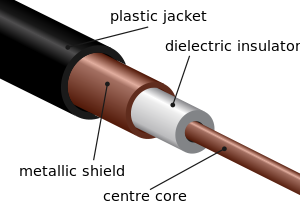
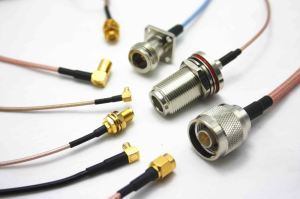

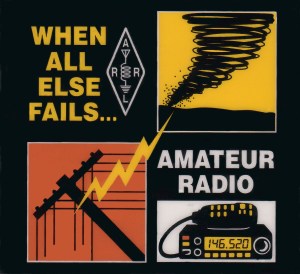
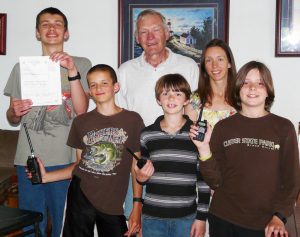




 A ham’s main concern with high SWR is significant power reflected back from the load, which stresses the transmitter power amplifier. While a 1:1 SWR is ideal, practically speaking, 1.5:1 or less is good. Many modern transceivers automatically reduce transmit power with a SWR greater than 2:1.
A ham’s main concern with high SWR is significant power reflected back from the load, which stresses the transmitter power amplifier. While a 1:1 SWR is ideal, practically speaking, 1.5:1 or less is good. Many modern transceivers automatically reduce transmit power with a SWR greater than 2:1.

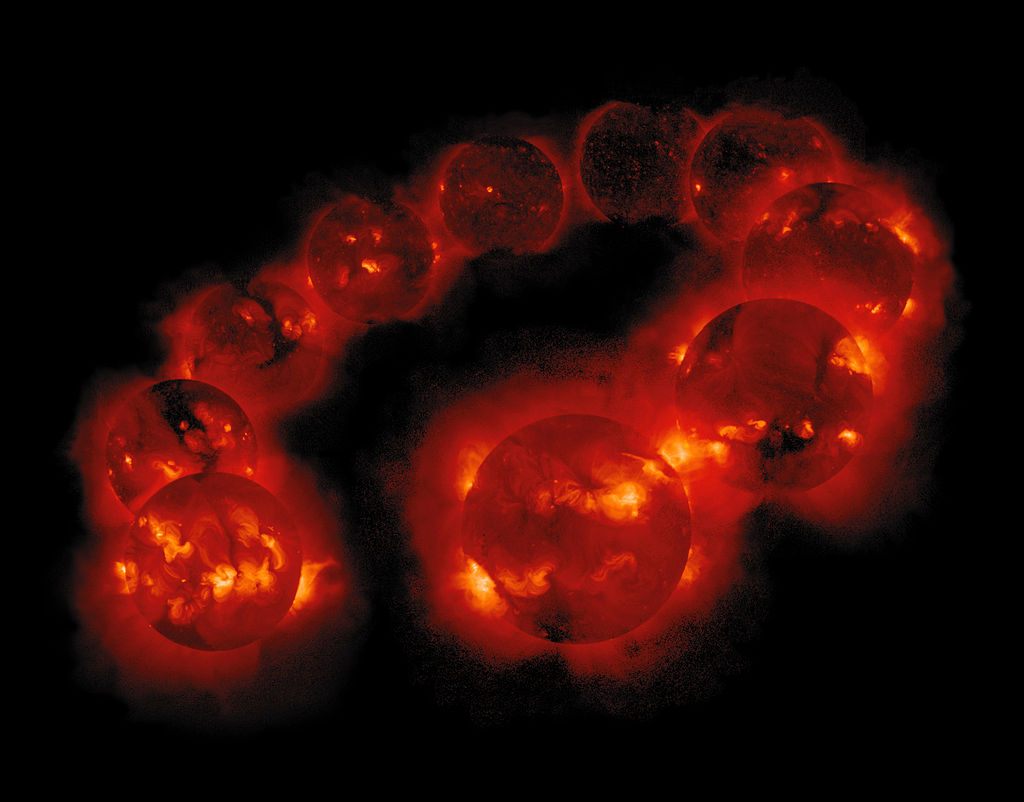
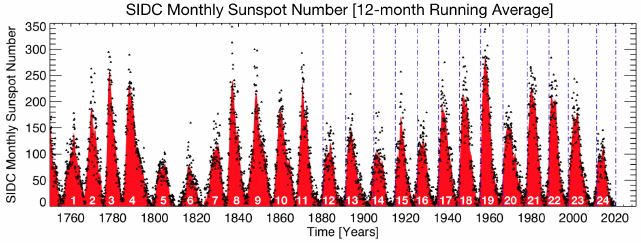








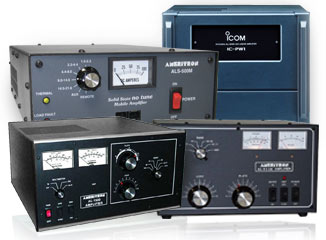
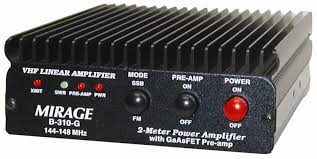


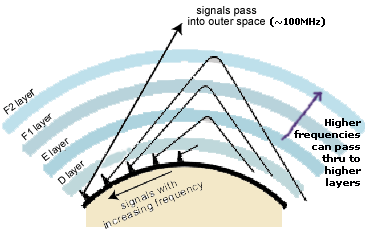
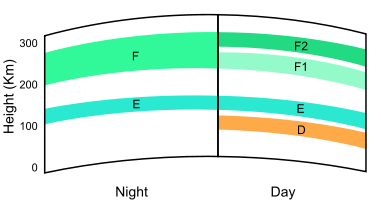



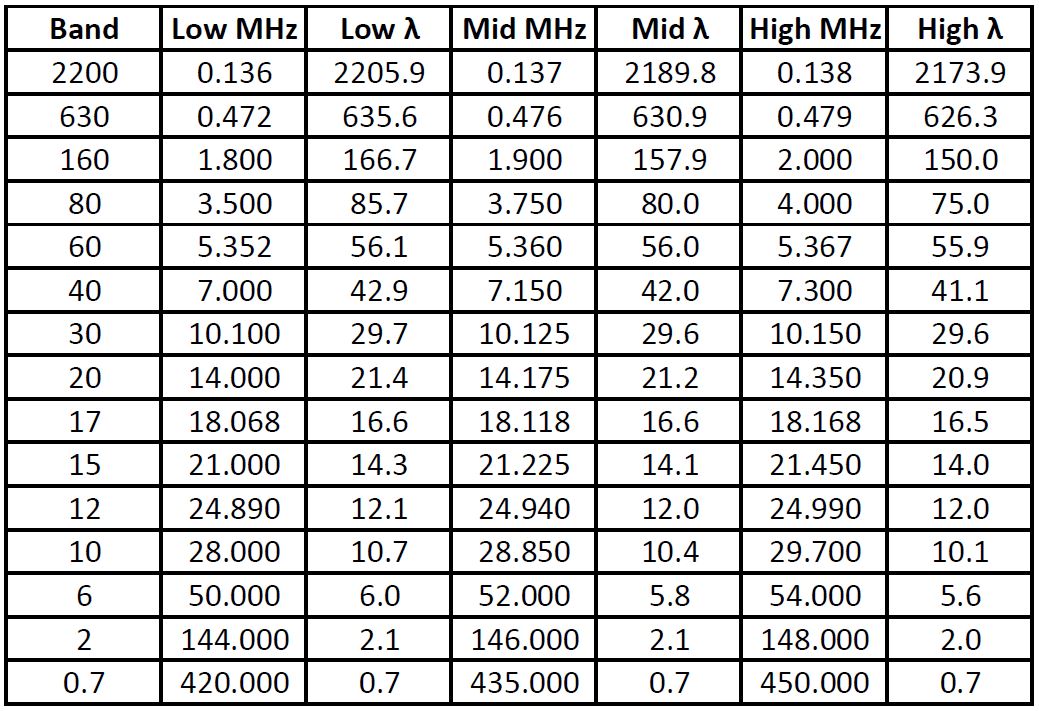


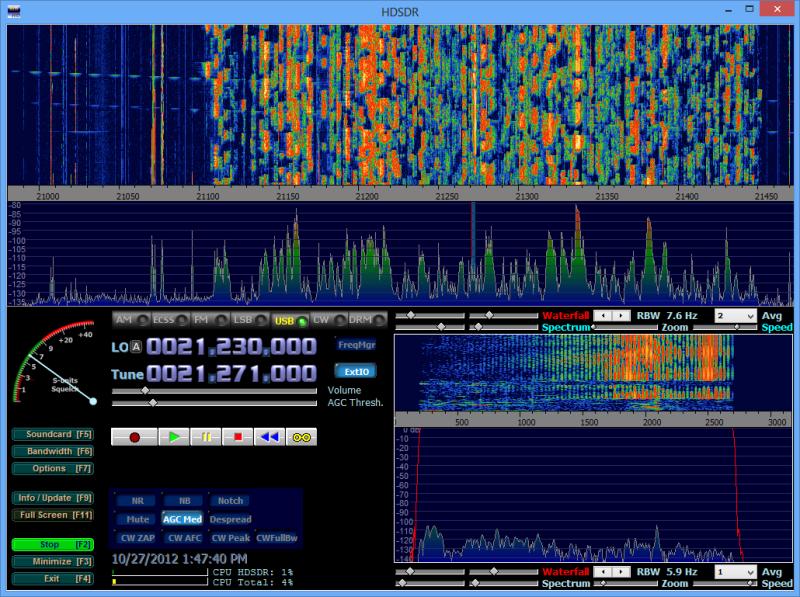




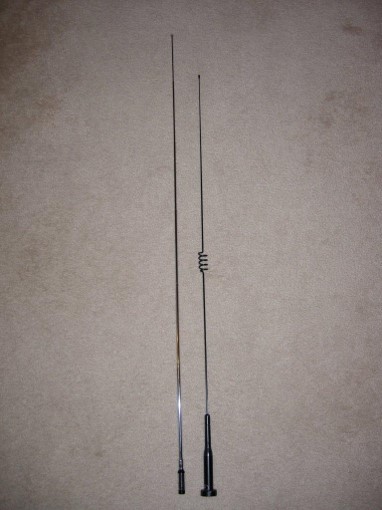

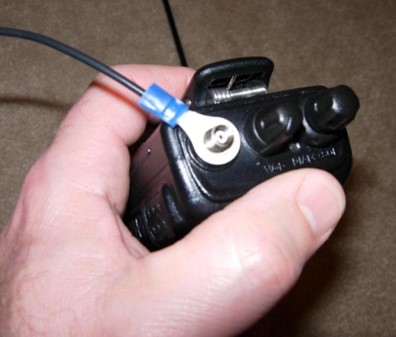

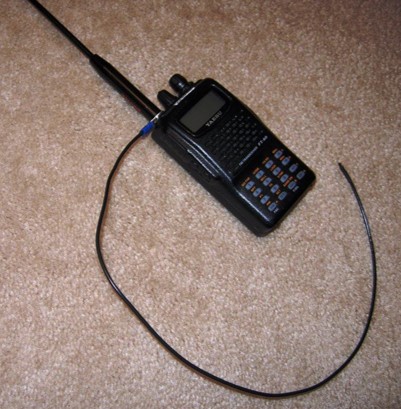




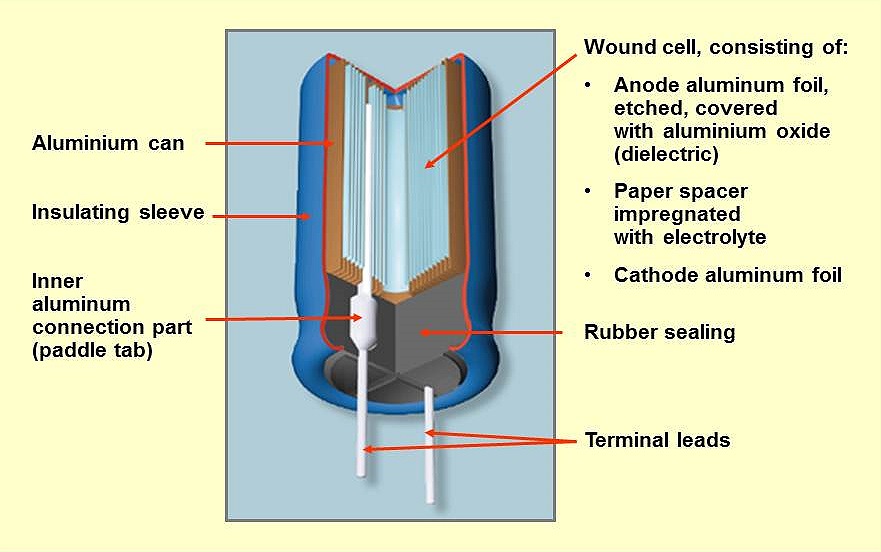
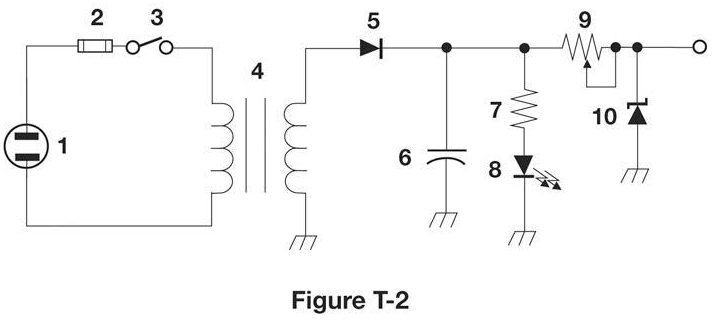




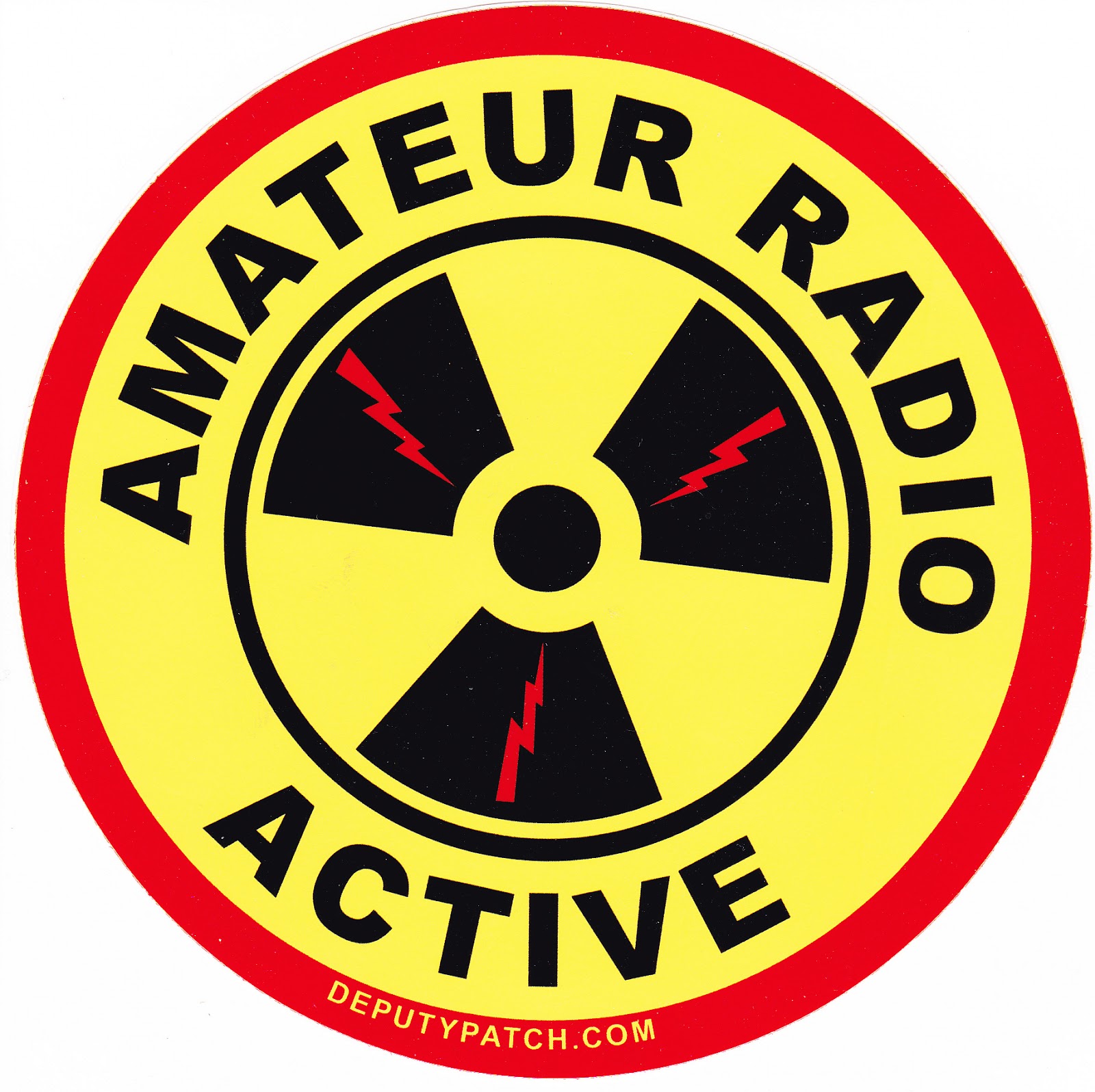 Now just because RF radiation is non-ionizing doesn’t mean it is completely safe. Besides the direct contact hazard, exposure to radio frequency energy may cause localized tissue heating, particularly in the eyes and male reproductive area (here’s where a lady ham has an advantage, hihi). Non-thermal effects of RF radiation are being studied constantly because, while compelling, they are somewhat ambiguous and unproven.
Now just because RF radiation is non-ionizing doesn’t mean it is completely safe. Besides the direct contact hazard, exposure to radio frequency energy may cause localized tissue heating, particularly in the eyes and male reproductive area (here’s where a lady ham has an advantage, hihi). Non-thermal effects of RF radiation are being studied constantly because, while compelling, they are somewhat ambiguous and unproven.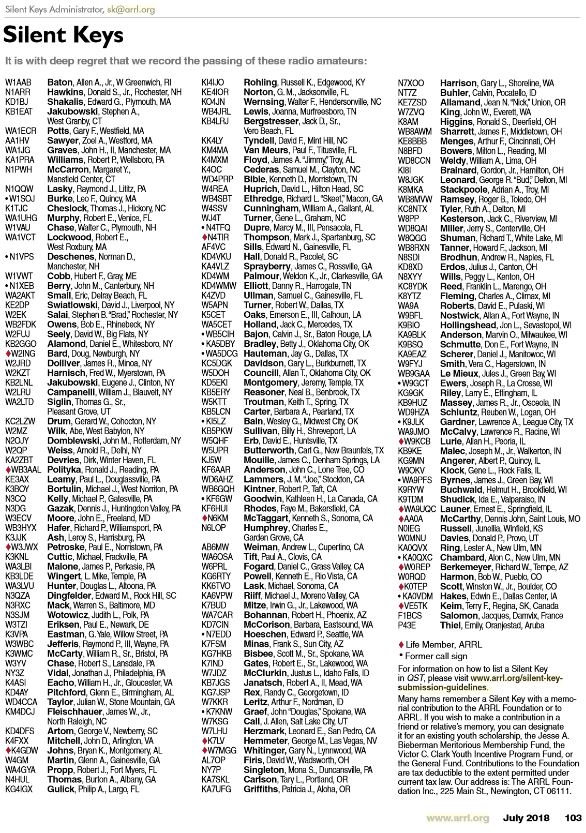
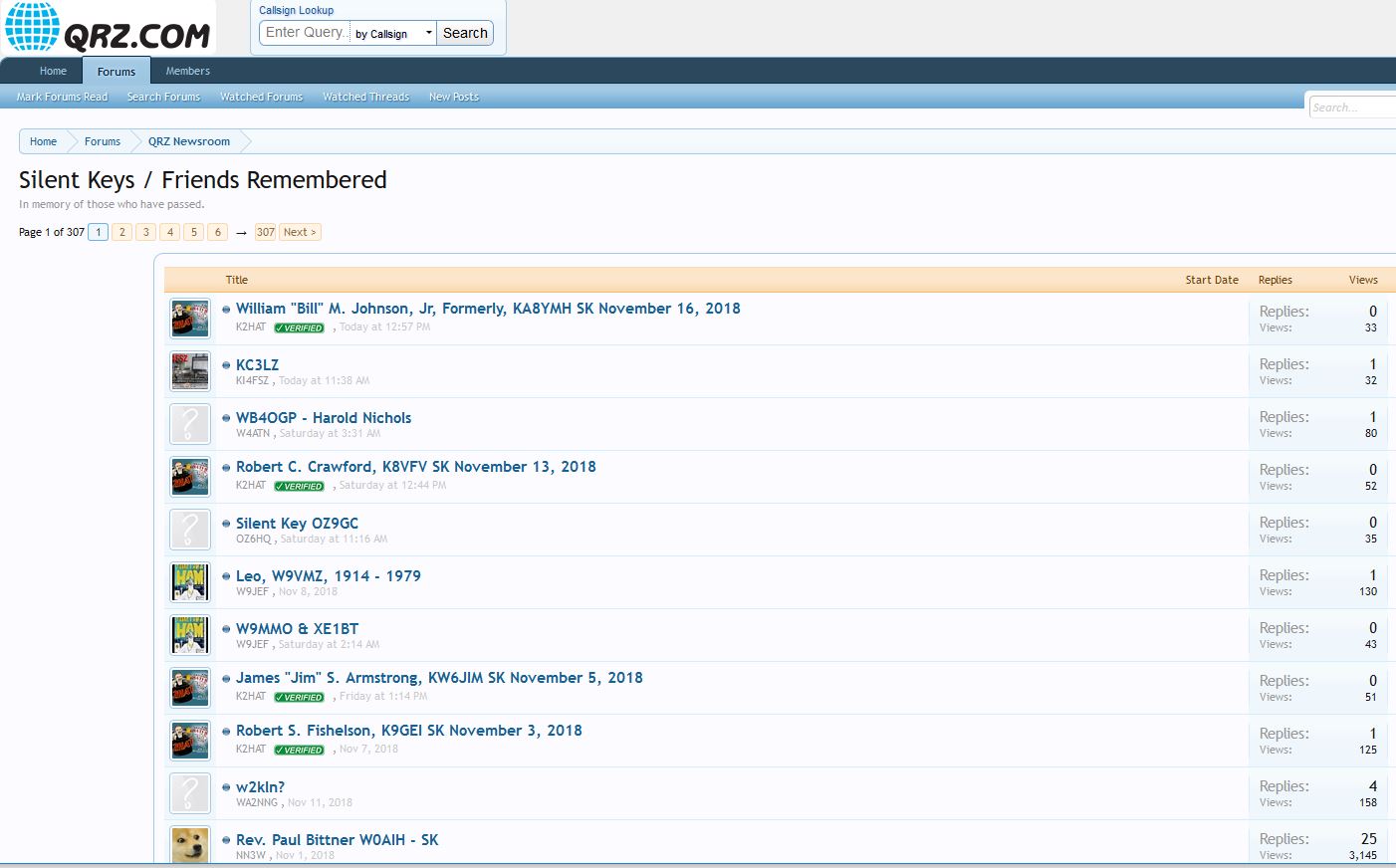
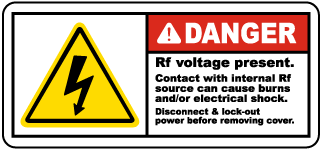

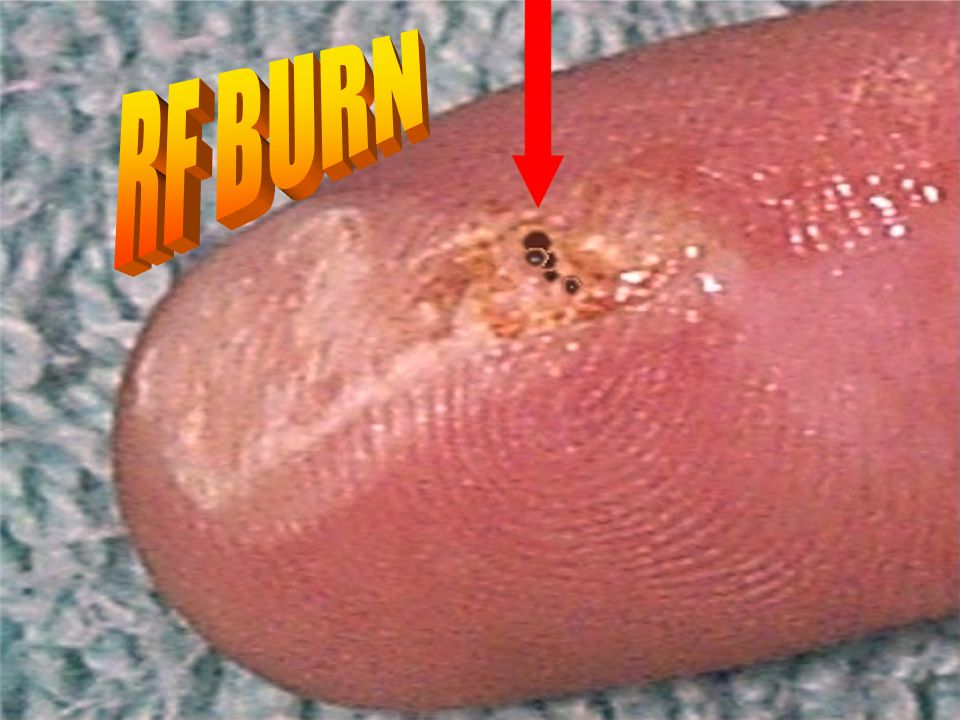
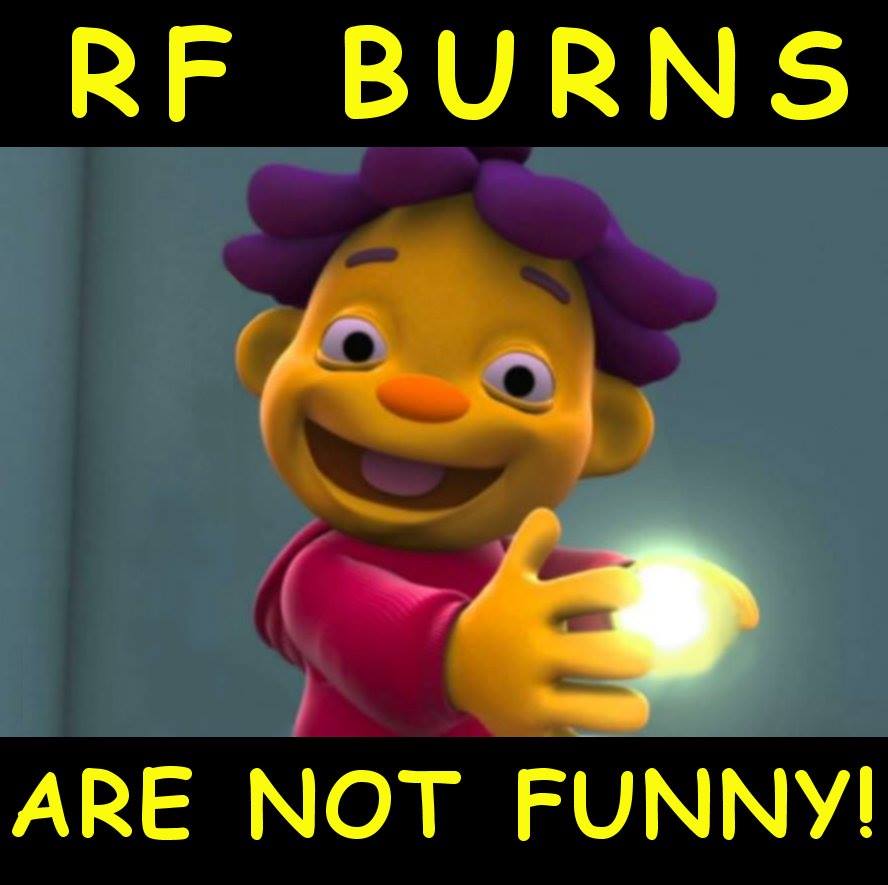






 The red and blue sine waves are the
The red and blue sine waves are the 

 For the center of one popular HF band the wavelength would be: 300/14.2=21m See how it works?
For the center of one popular HF band the wavelength would be: 300/14.2=21m See how it works?

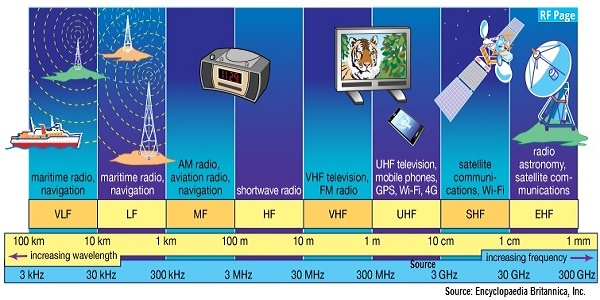 You can see how the yellow wavelength values above the blue frequencies increase in opposite directions. Note also how the values line up in 1/10/100s and 3/30/300s per the speed of light relationship.
You can see how the yellow wavelength values above the blue frequencies increase in opposite directions. Note also how the values line up in 1/10/100s and 3/30/300s per the speed of light relationship.




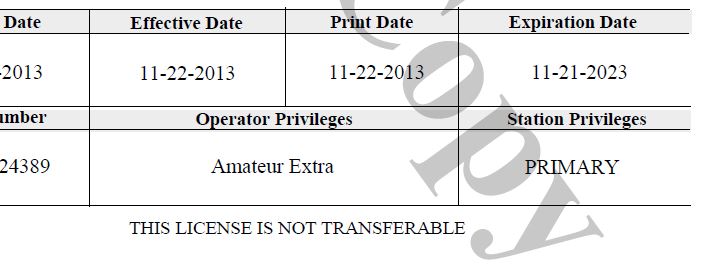





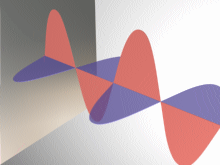 This vibration frequency is normally measured in cycles per second and its units are Hertz.
This vibration frequency is normally measured in cycles per second and its units are Hertz.  Rates of oscillation in radio work are thousands and millions of Hertz (Hz). With standardized
Rates of oscillation in radio work are thousands and millions of Hertz (Hz). With standardized 











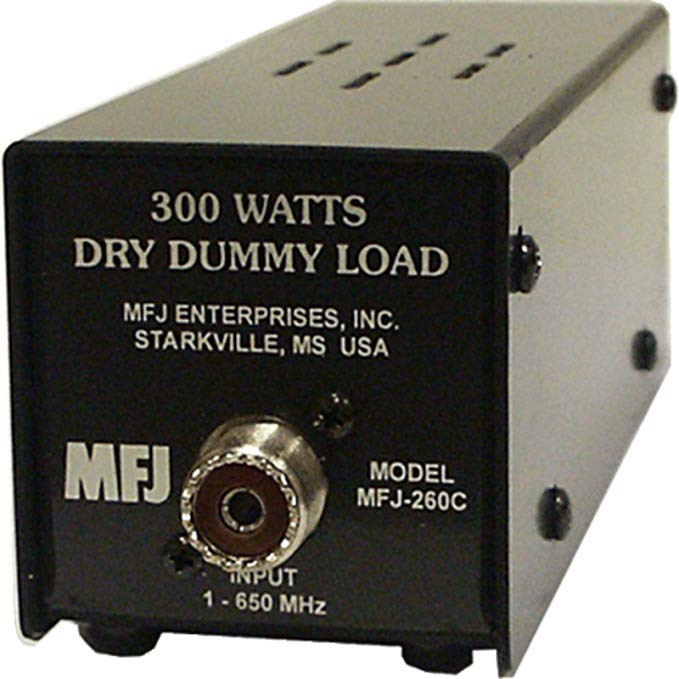
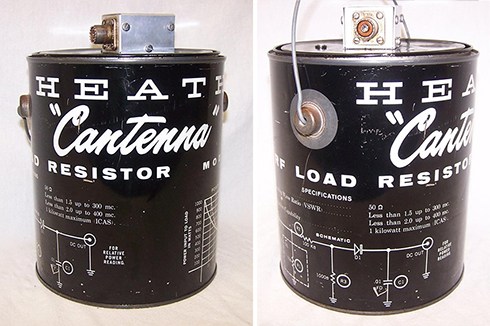


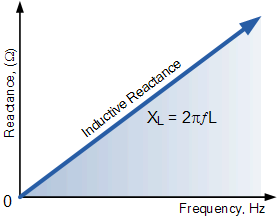










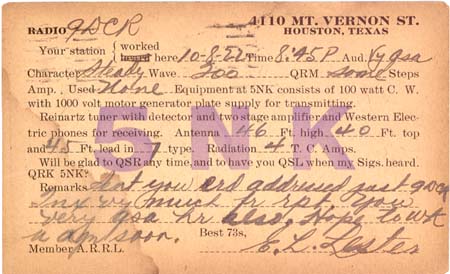


 See the difference?
See the difference?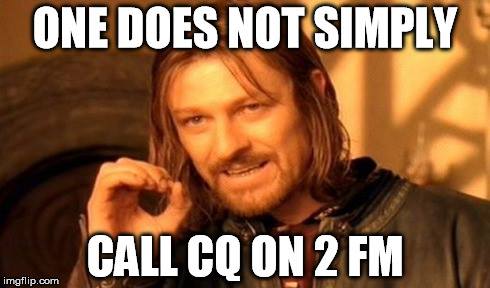








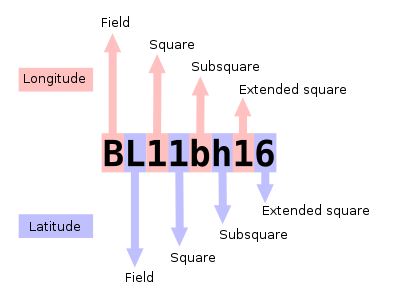



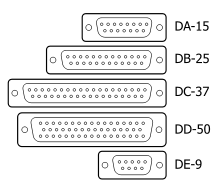




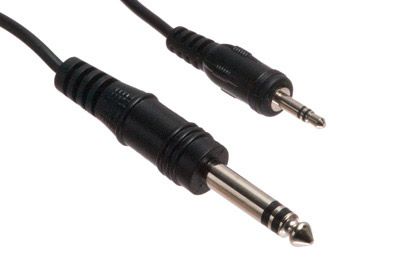

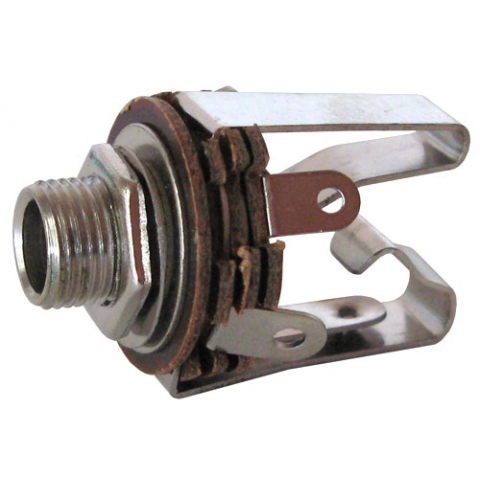








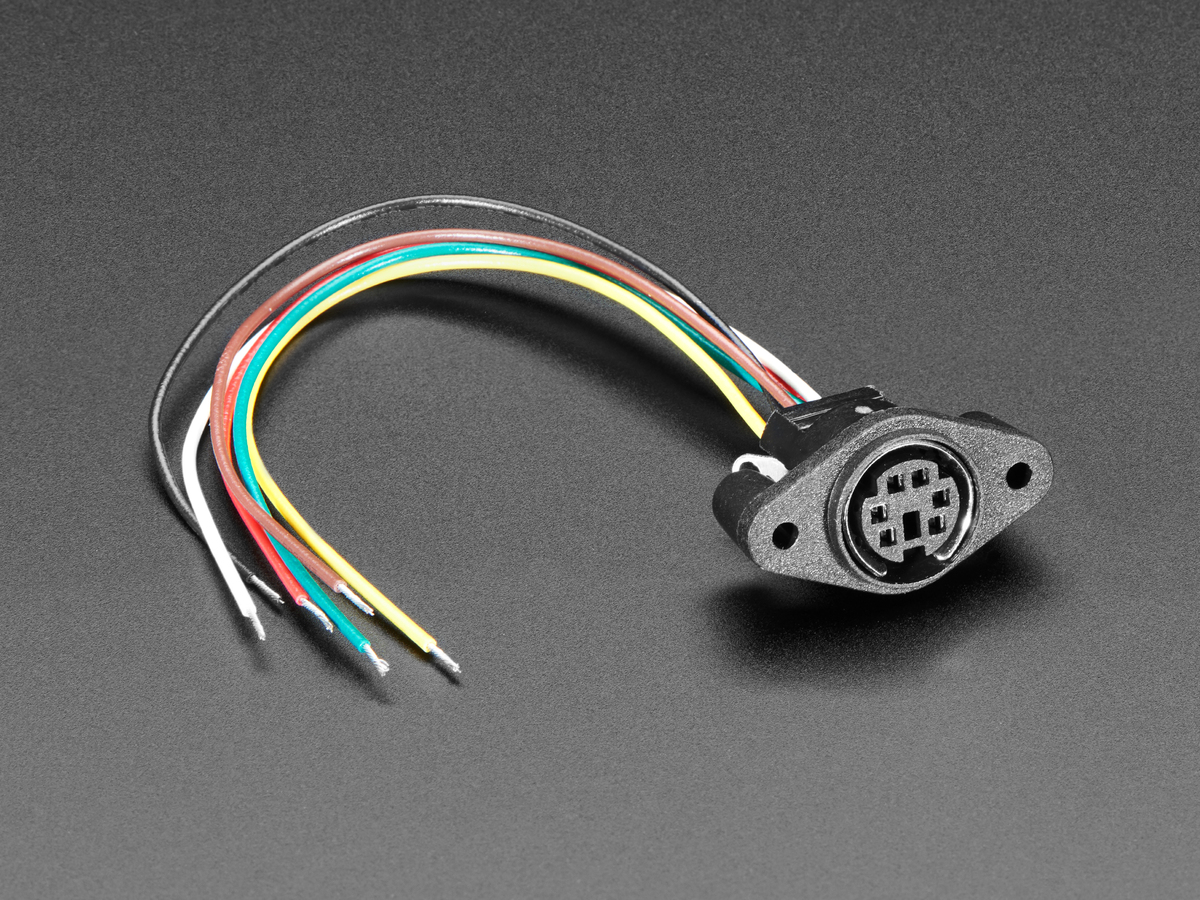
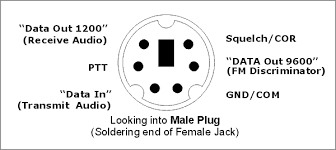



















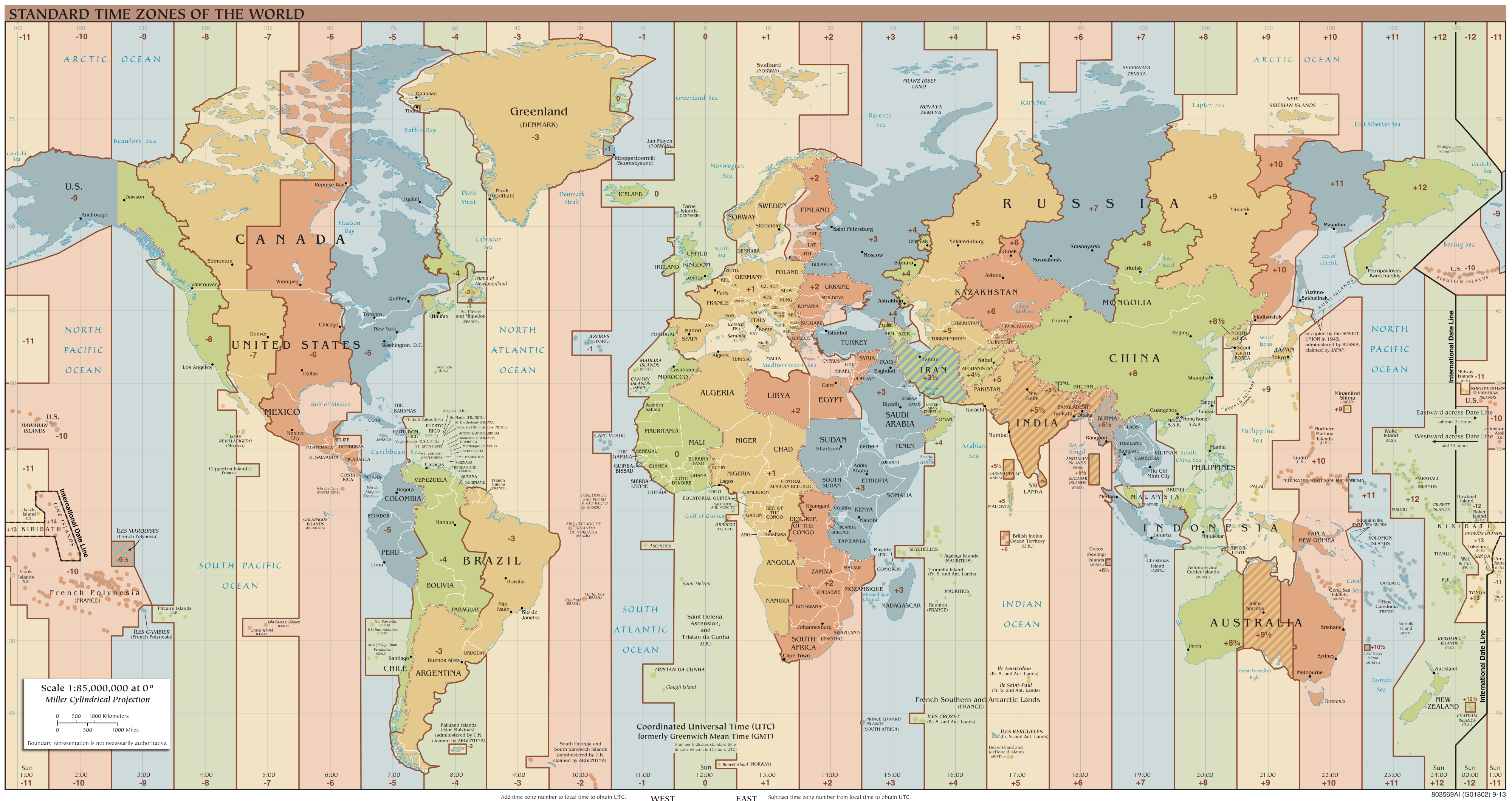










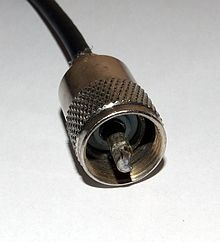


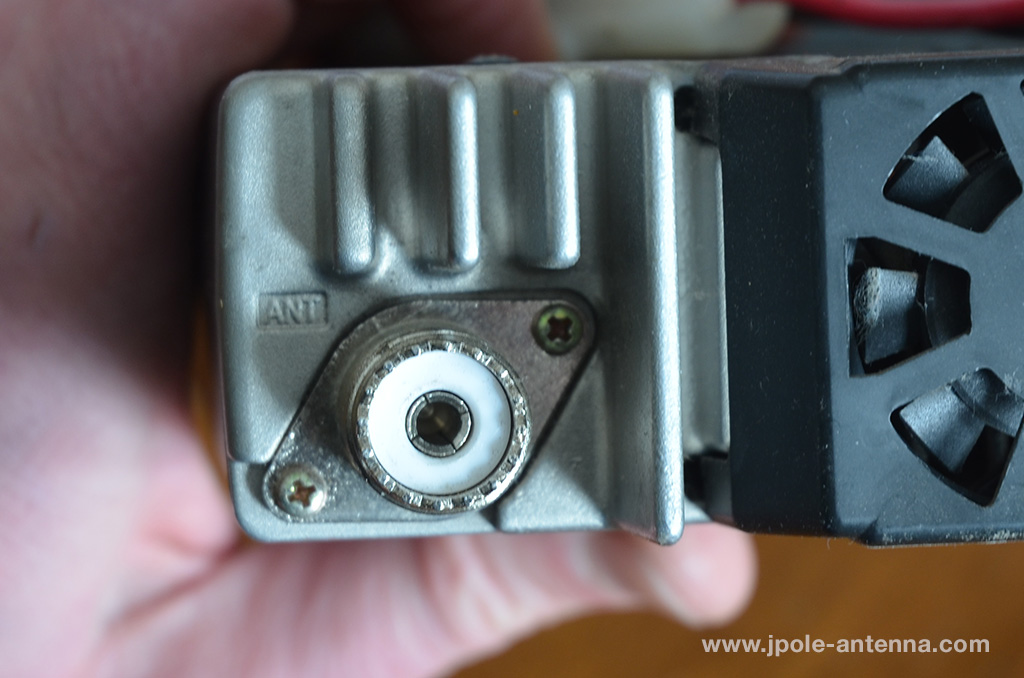

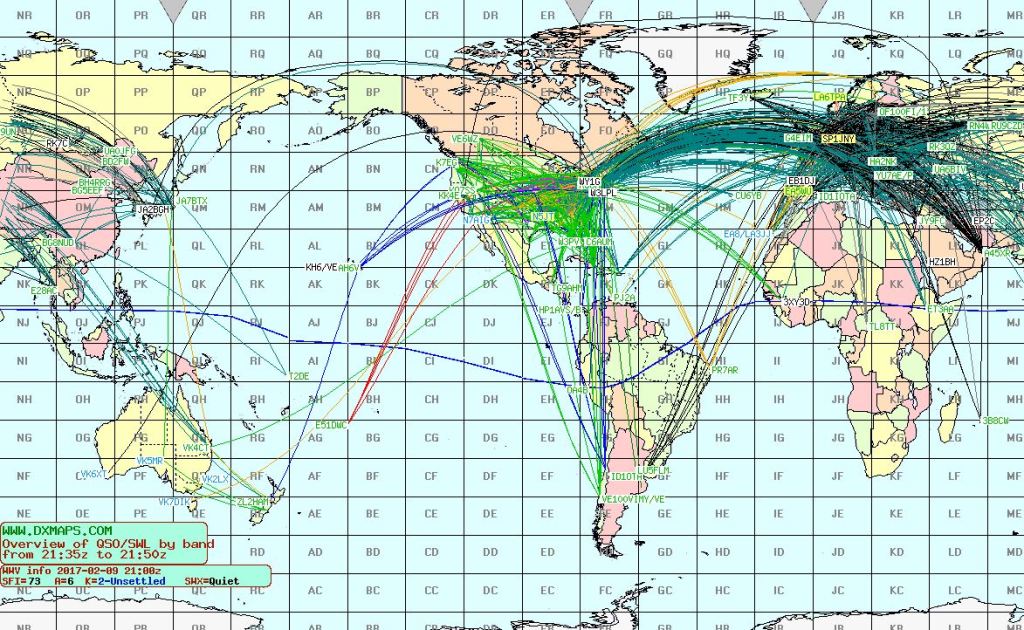
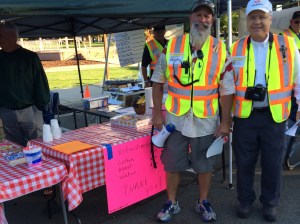

 The American Radio Relay League (ARRL) is is the largest membership association of amateur radio enthusiasts in the USA and it represents the interests of hams before federal regulatory bodies, provides technical advice and assistance to amateur radio enthusiasts, supports a number of educational programs and sponsors emergency communications service throughout the country.
The American Radio Relay League (ARRL) is is the largest membership association of amateur radio enthusiasts in the USA and it represents the interests of hams before federal regulatory bodies, provides technical advice and assistance to amateur radio enthusiasts, supports a number of educational programs and sponsors emergency communications service throughout the country.